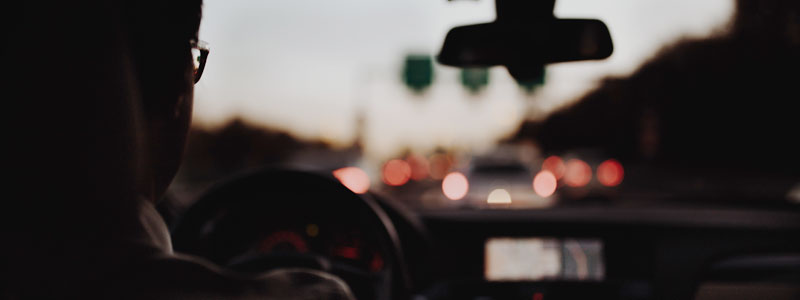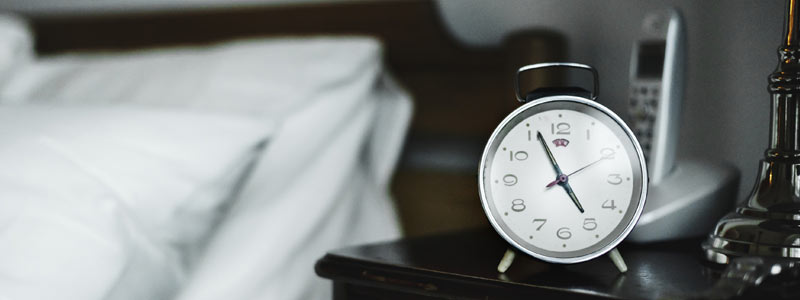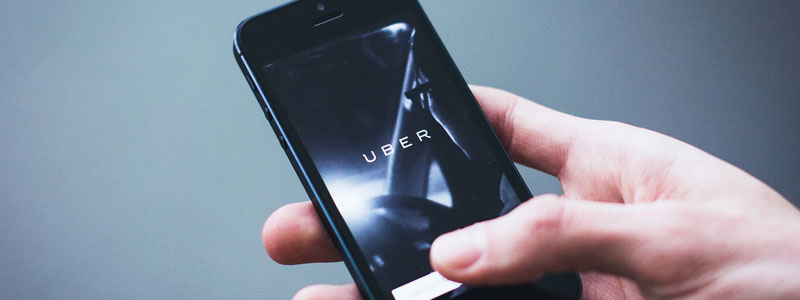How Uber’s New Rule Combats the Epidemic of Drowsy Driving
Whether you’re tired after a long flight, had a little too much to drink at a party, or can’t bear to be off of your phone for the next hour, ridesharing apps like Uber and Lyft can literally be lifesavers. Instead of taking the risk and getting behind the wheel when you’re not able to […]

March 19, 2018

Whether you’re tired after a long flight, had a little too much to drink at a party, or can’t bear to be off of your phone for the next hour, ridesharing apps like Uber and Lyft can literally be lifesavers. Instead of taking the risk and getting behind the wheel when you’re not able to give your full attention to the road, you can request a driver to take you where you need to go in just a few taps.
But imagine you request an Uber and your driver is just as drowsy, intoxicated, or distracted as you are. You wouldn’t want to get into that vehicle and entrust your safety to someone who isn’t up to the task.
That’s why Uber recently added a feature that requires Uber drivers to take six-hour breaks if they’ve been on the road for 12 hours. The hope is that such a rule will help prevent the estimated 83,000 crashes caused by drowsy driving annually.
The Dangers of Drowsy Driving

Although it may not get as much attention as drunk driving or texting while driving, drowsy driving is just as dangerous. Going a full 24 hours without any sleep can put your driving abilities at the same level as someone with 0.10 blood alcohol content. That’s well over the legal limit of 0.08.
And yet drowsy driving remains ever prevalent in our daily lives. Most drowsy driving accidents occur between midnight and 6 a.m. and in the late afternoon. The early hours of the morning may seem like an obvious time to be on alert for drowsy driving, but why is late afternoon so dangerous? It turns out that these are both times when there are dips in your circadian rhythm, which is the “internal human body clock that regulates sleep,” as the National Highway Traffic Safety Administration (NHTSA) says.
Drowsy driving is so prevalent because so few Americans get enough sleep. In fact, 35 percent of U.S. adults don’t get the recommended 7 hours of sleep each night, according to the Centers for Disease Control and Prevention (CDC).
How Uber’s App Works

Asking Uber drivers to take breaks is good for their health and for traffic safety in general, but how should such a rule be implemented? Phone notifications are easy to dismiss with a tap, allowing drivers to continue to work. Since every Uber driver is an independent contractor and not an employee of Uber, it can be difficult to enforce company policy on them.
Uber rolled out versions of its new rule within its app in multiple other countries before bringing it to the U.S. This latest version gives Uber drivers full knowledge of how many hours they’ve worked by presenting the information as a countdown clock. The clock continues to countdown when drivers are stopped in traffic and have to stay engaged in their surroundings, but stops counting down when drivers are waiting for riders for long periods of time, like at airports.
The app will send drivers notifications as they near the end of their 12 hours. When the countdown clock runs out, the Uber driver is forced to go “offline” and cannot turn their account back online until six hours have passed.
Help from an Indiana Car Accident Lawyer
Keeping drowsy drivers off of the roads is a great goal, but no app is foolproof. If you’ve been injured in a car accident due to a drowsy driver, you may be entitled to compensation. Call Hensley Legal Group today or contact us online for a free conversation about your case.